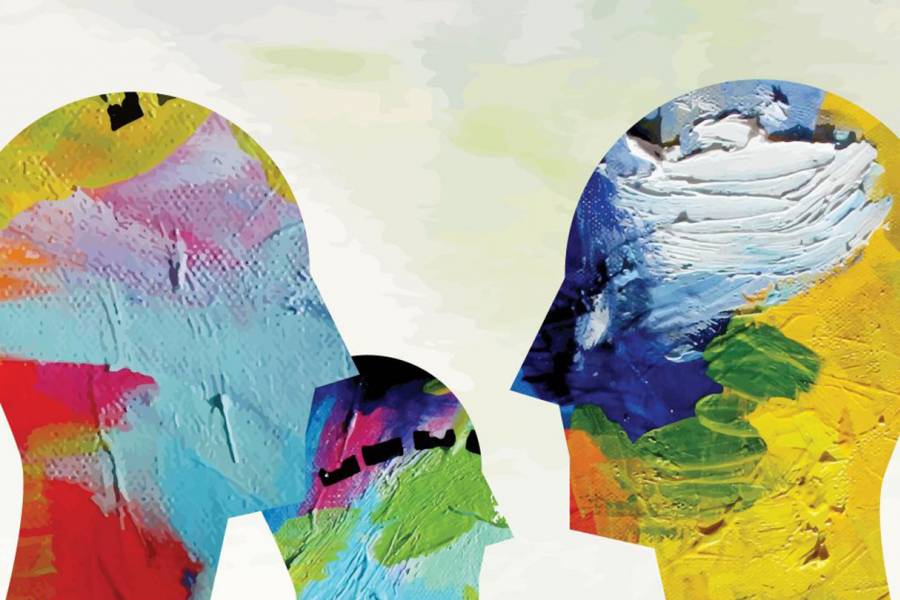Anxiety. Depression. Fear. These common responses to the coronavirus pandemic can affect people in any setting, whether it's an American city or a rural community in Zambia.
While psychological responses to COVID-19 may be universal, effective and accessible mental health care is not. To that end, the Bloomberg School's Global Mental Health Program is adapting its programs in low- and middle-income countries to help people cope in a public health crisis.
Judith Bass, associate professor in the Department of Mental Health, and Laura Murray, senior scientist in the departments of Mental Health and International Health, explain the program's COVID-19 response.
Broadly, how have your programs adapted to the pandemic?
Laura Murray: In many programs, we were at the point of scaling up services. In response to the pandemic, we've shifted to a disaster mental health model to focus on prevention efforts and mitigating more serious problems.
The first level is prevention—getting information out about COVID-19 and teaching skills to use in stressful situations, like getting sleep, reaching out to support systems, and keeping a schedule. We also have a triage-like system to identify people not dealing well with the stress of the pandemic and to screen for more serious problems.
What does this approach look like on the ground?
LM: In Zambia we engaged with people we know in communities to be "focal points" or "connectors"—similar to community-based health workers—to take the pulse of the community and be a resource for information and a connector to more help. They're getting messages out about COVID-19 and coping skills, mainly through pamphlets, direct communication, and videos that can be viewed on phones.
The connectors are linked to our trained Common Elements Treatment Approach providers who are trained in telephone-based therapy and can enlist their help for urgent issues like suicide ideation and interpersonal violence.
Are pandemic responses tailored to different sites?
Judith Bass: In Myanmar, we work in a camp for internally displaced populations. Literacy is relatively high in Myanmar, so we distribute written materials, and we're also using loudspeaker audio files and phone-based videos to reinforce messages around stress and coping.
LM: In Ukraine, where there is more capacity for technology, CETA providers use video platforms like Zoom or Skype. We are also offering single-element CETA sessions in group format as a skill-building and engagement approach.
How is your COVID-19 work in low- and middle-income countries influencing mental health services in the U.S.?
LM: I partnered with New York University's McSilver Institute for Poverty, Policy and Research to offer a webinar and resources for social workers on suicide safety assessment via telephone, based on the clear steps and guidelines in our CETA model.
We also are working with rural and underserved communities where there are few mental health professionals and a need for an evidence-based treatment that deals with not just one problem but several, like depression, trauma, anxiety, violence, and substance use.
This article originally appeared in the COVID-19 Special Edition issue of Hopkins Bloomberg Public Health magazine. Subscribe for the latest news and insights from the Bloomberg School.
Posted in Health
Tagged mental health, coronavirus, covid-19









